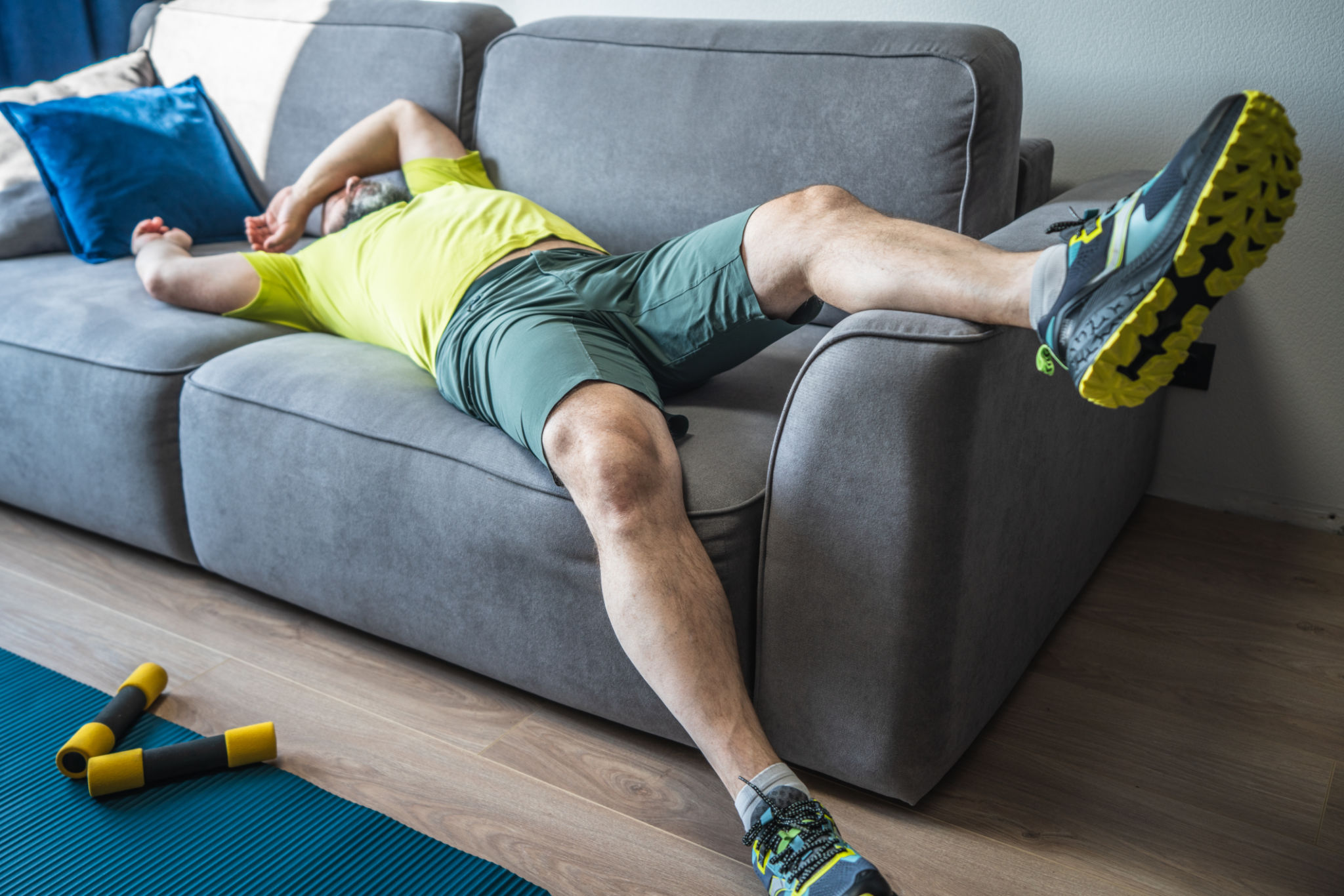How to Maximize Your Physical Therapy Sessions for Faster Recovery
DS
Understanding Your Physical Therapy Goals
Maximizing your physical therapy sessions begins with understanding your specific goals. Whether you're recovering from surgery, managing chronic pain, or improving mobility, having a clear objective is essential. Discuss with your therapist what you aim to achieve and tailor your sessions accordingly.
Setting goals provides a roadmap for your recovery. It helps your therapist create a personalized plan that aligns with your needs and progress. Remember, these goals can evolve as you advance in your therapy journey.

Communicate Openly with Your Therapist
Effective communication is a cornerstone of successful physical therapy. Share any concerns or difficulties you experience during exercises. This transparency enables your therapist to adjust techniques or introduce new exercises that better suit your progress.
Be honest about any discomfort or pain you feel, but also highlight activities that you find beneficial. This two-way communication fosters a collaborative environment, ensuring that the therapy sessions are as effective as possible.
Stay Consistent with Your Sessions
Consistency is key when it comes to physical therapy. Regular attendance allows for steady progress and helps maintain the momentum necessary for recovery. Try to attend all scheduled sessions and perform assigned exercises at home.

Creating a routine not only aids in physical recovery but also builds a sense of discipline and commitment to your health. Consistency reinforces the benefits of the exercises and helps in achieving long-term recovery goals.
Focus on Proper Technique
Executing exercises with the correct technique is crucial for effectiveness and to prevent further injury. Pay close attention to your therapist's instructions and ask for clarification if needed. Proper form ensures that you're targeting the right muscles and joints.
- Watch demonstrations carefully before attempting new exercises.
- Seek feedback on your form regularly.
- Don’t rush through exercises; focus on controlled movements.
Utilize Home Exercises
Home exercises are an extension of your therapy sessions and play a vital role in your recovery process. These exercises help maintain the momentum gained during sessions and can significantly expedite healing.

Create a dedicated space and schedule for performing these exercises. Consistent practice at home reinforces the techniques learned during sessions, enhancing overall rehabilitation outcomes.
Monitor Your Progress
Tracking your progress can be highly motivating and provide valuable insights into your recovery journey. Keep a journal or digital log of your achievements, noting improvements in pain levels, mobility, or strength.
Reviewing this data with your therapist can help identify patterns or areas needing more focus, allowing for adjustments in your therapy plan if necessary.
Nourish Your Body for Recovery
A well-balanced diet supports the healing process by providing necessary nutrients. Incorporate foods rich in protein, vitamins, and minerals to aid tissue repair and energy levels.

Staying hydrated is equally important. Water helps transport nutrients to cells and remove waste products from the body, contributing to overall recovery efficiency.
Stay Positive and Patient
The journey of physical therapy can be challenging, but maintaining a positive mindset is crucial. Recovery takes time, so be patient with yourself as you progress through each stage.
Celebrate small victories and remember that each session brings you closer to your ultimate goal. Positivity and patience can significantly impact your mental well-being, which is closely linked to physical recovery.
